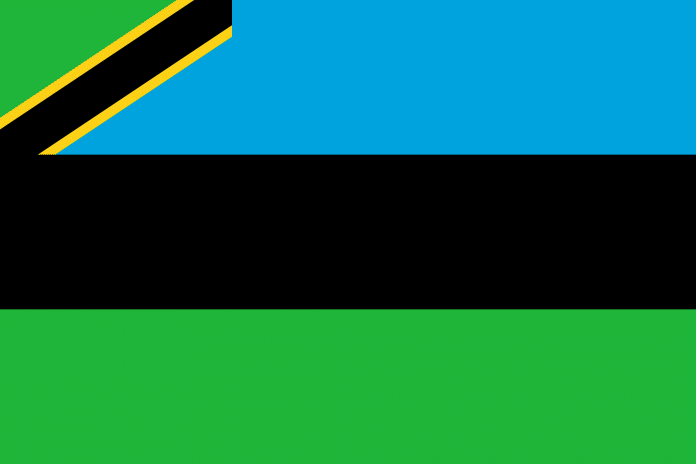Historical Zanzibar Flag Before Revolution and After
Old Zanzibar Flag
27 August 1896 to 10 December 1963
Zanzibar was part of the Sultanate of Muscat and Oman, which waved a red flag without any emblems, beginning in 1698. Majid bin Said proclaimed the independence of the Sultanate of Zanzibar on November 2, 1856 but did not change the Zanzibar flag.
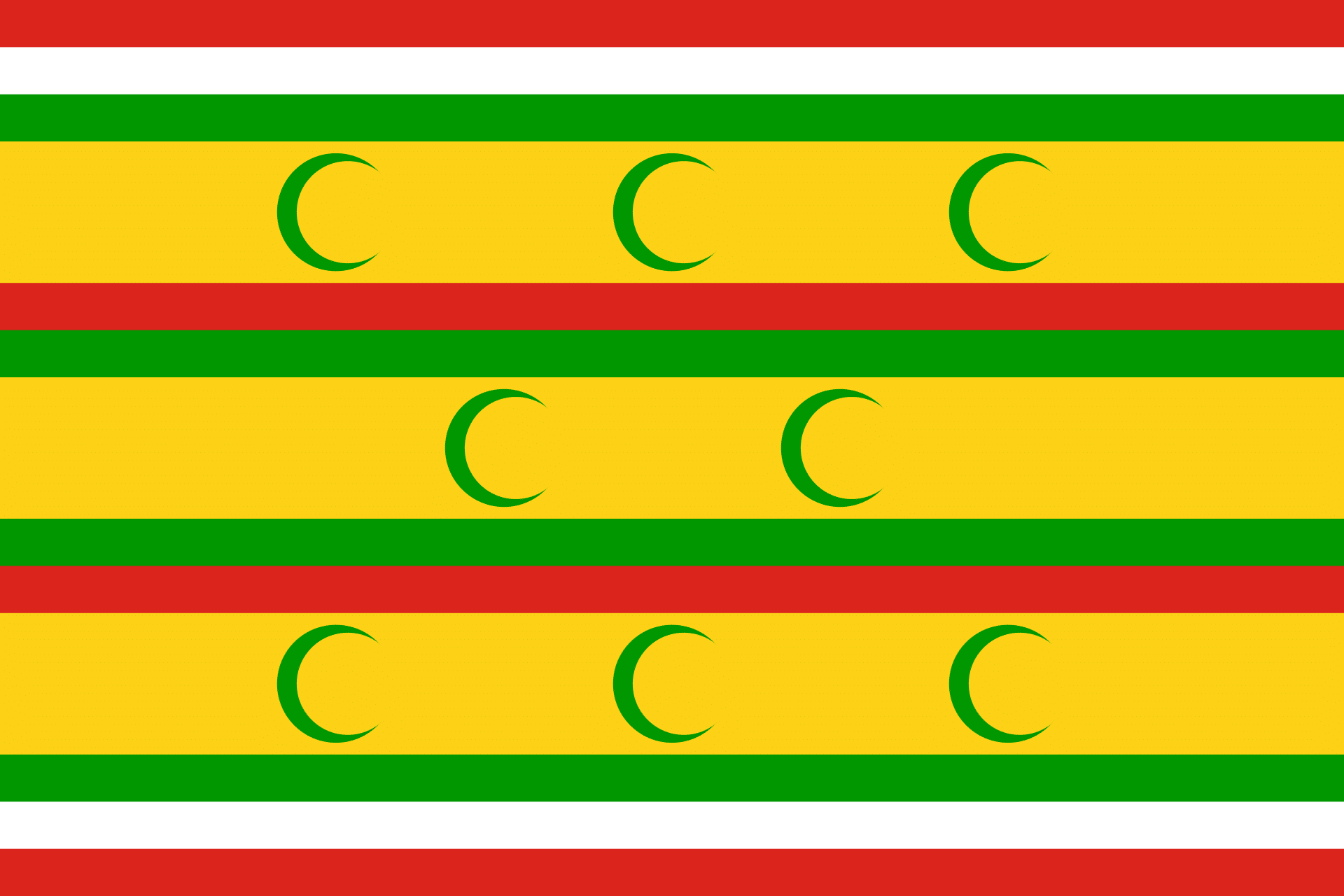
19 October 1856 to 27 August 1896
The red Sultanate of Zanzibar flag remained in use during the British occupation period.
The National Flag of Zanzibar as an Independent State

10 December 1963 to 12 January 1964
When Zanzibar gained independence from Britain on 10 December 1963, a green circle with two yellow cloves was added to the Zanzibar flag.
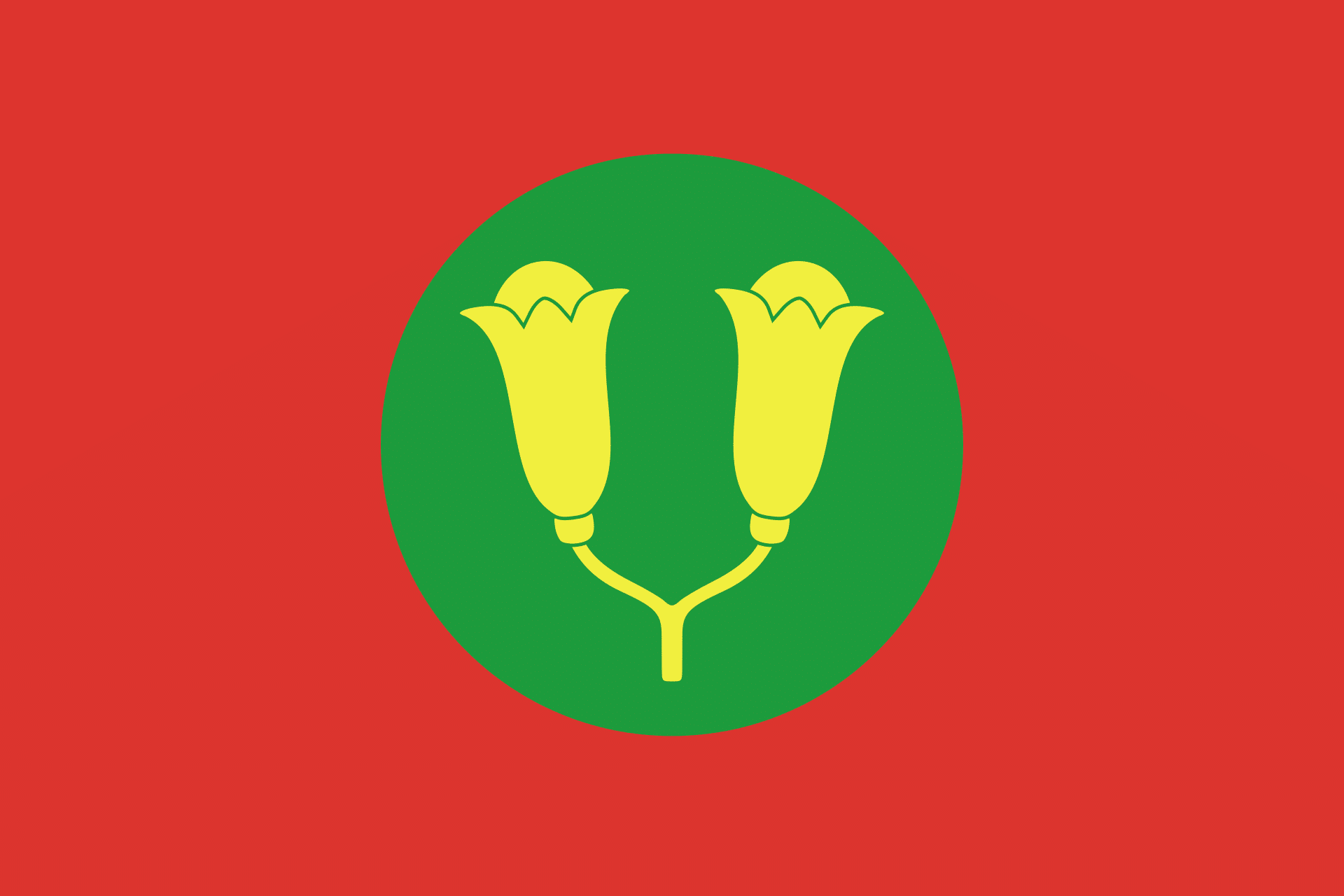
12 January 1964 to 29 January 1964
On 12 January 1964, John Okello overthrew the Sultan of Zanzibar and adopted three colors namely black, yellow and blue as the flag of the People’s Republic of Zanzibar and Pemba. This was completely different to the Zanzibar flag before revolution which used the red color a lot.
However, it is believed, there is a strong possibility that the black, yellow and blue flags were not the national flag of the People’s Republic of Zanzibar and Pemba, but probably the Zanzibar land flag of the Freedom Army (FMF) that was formed after the January bloody coup. 12 led by Commander-in-Chief Okello.
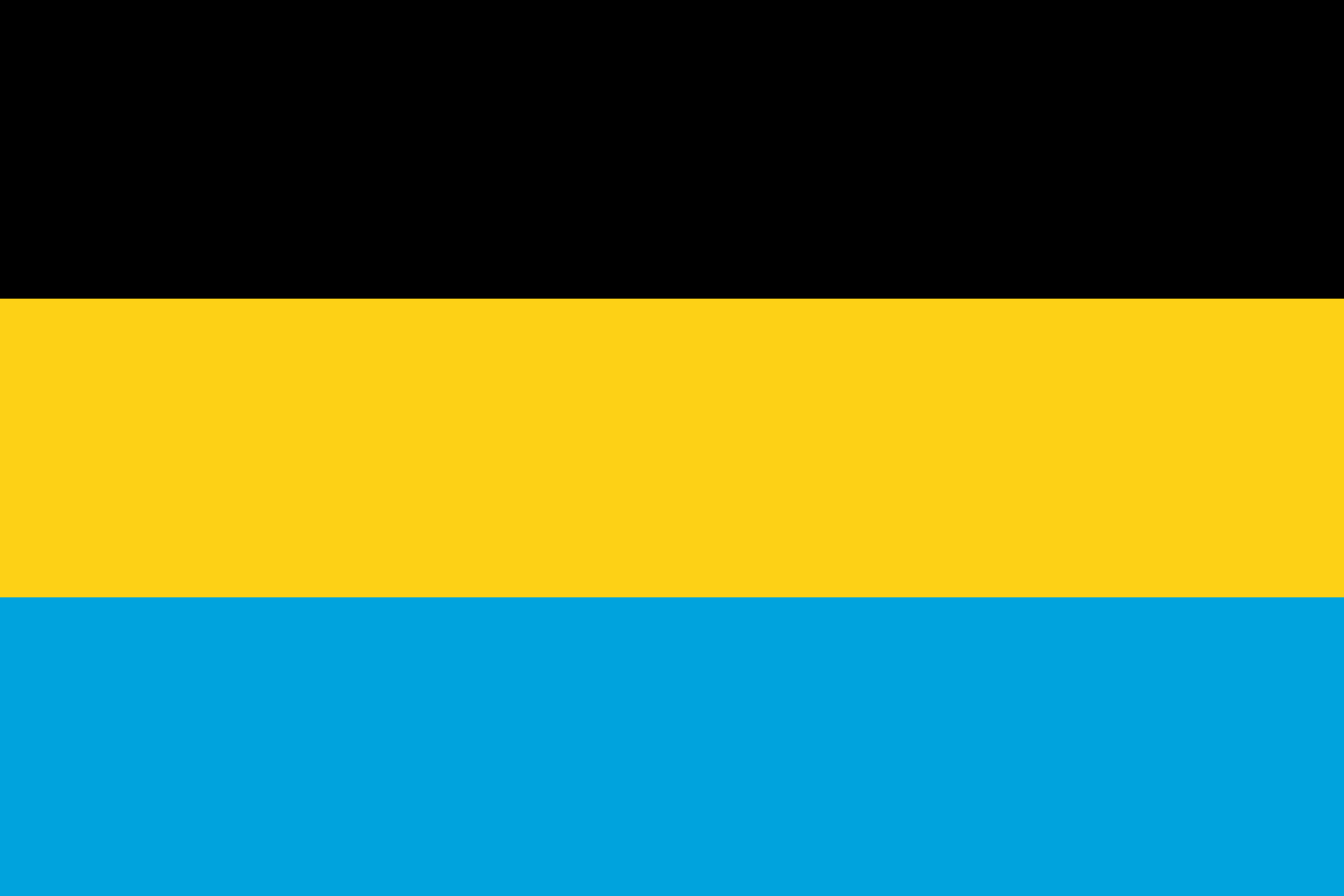
29 January 1964 to 26 April 1964
On January 29, the Zanzibar flag was changed to three colors, blue, black, and green. This innovation was inspired by the flag of the Afro-Shirazi Party, was the longest of post-independence flags and eventually these innovations formed the basis of the current flag.
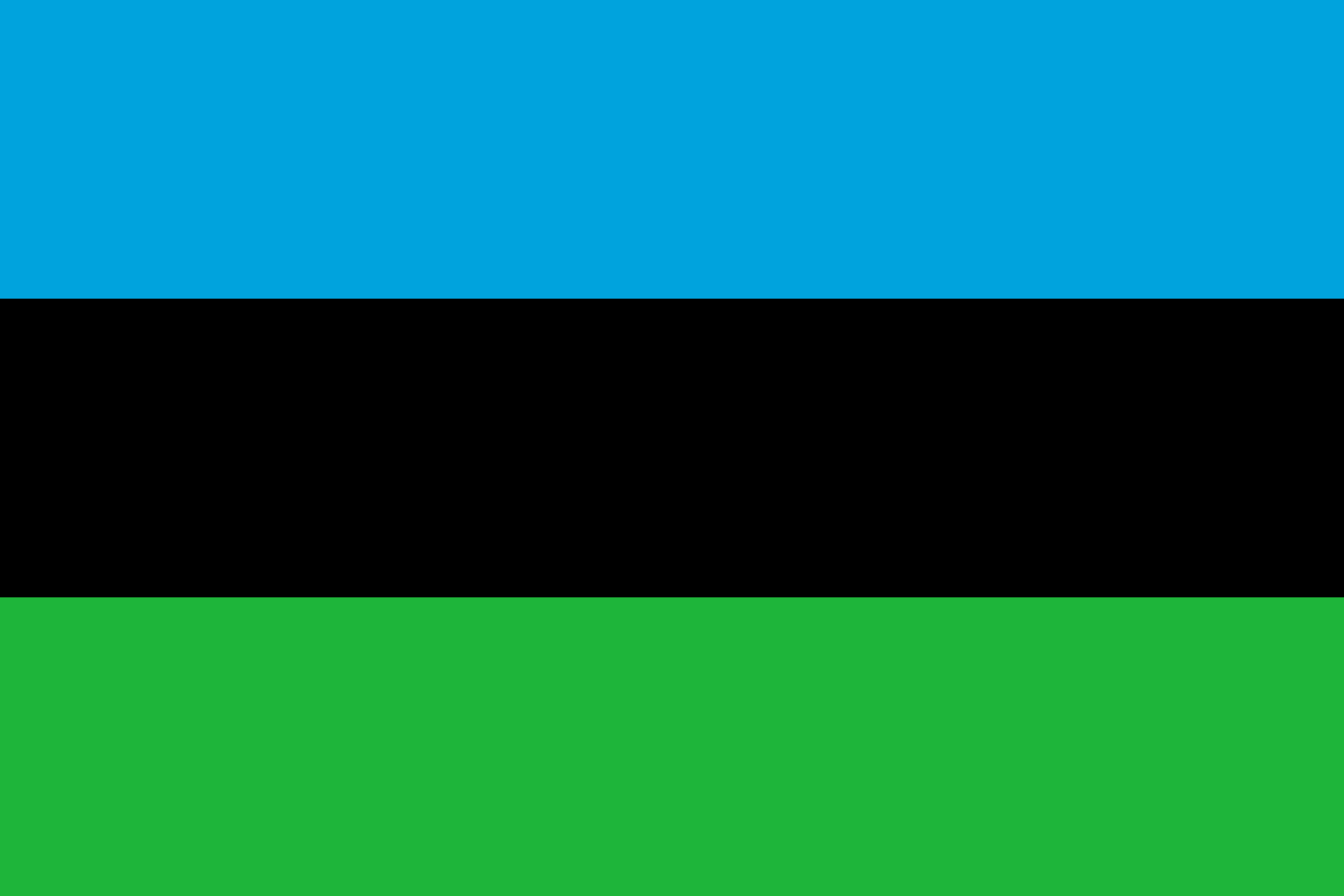
Zanzibar Tanzania Flag
April 27, 1964 to January 8, 2005 (Tanzania)
On April 26, 1964, Zanzibar joined Tanganyika to form the new country of Tanzania and the old Zanzibar flag was no longer used.
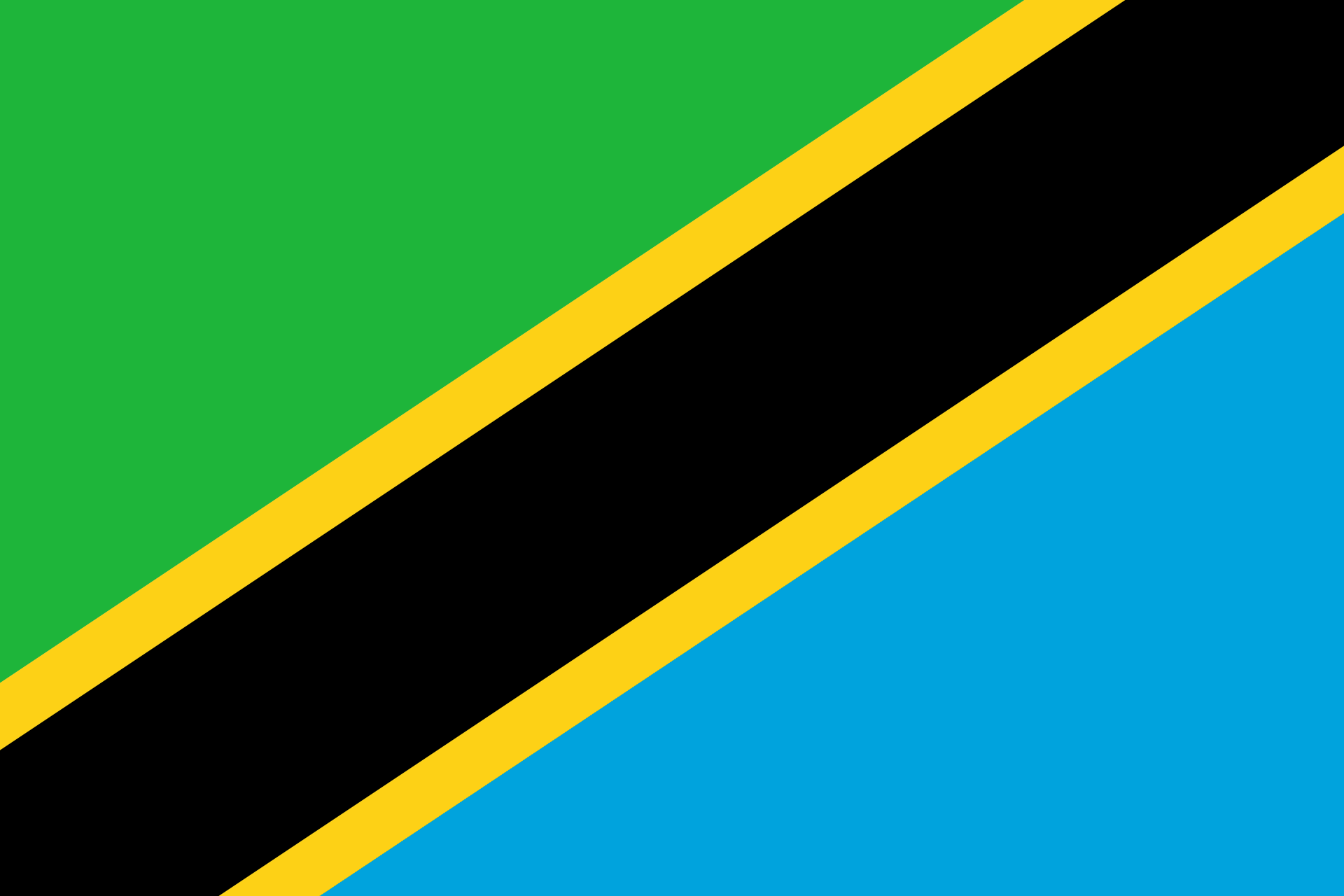
Flag of Zanzibar from 9 January 2005 – Today (New Zanzibar Flag)
The latest Zanzibar flag was passed on 9 January 2005. It has dotted lines in three colors namely blue, black, and green and the Tanzanian national flag at the top.
Zanzibar is waving its new flag as part of the 41st Revolution celebrations on the Indian Ocean island. It is the first time in four decades that the islands have had their own flag since joining Tanganyika and forming Tanzania in 1964.
The Zanzibar government has insisted that the adoption of the flag does not mean that this is a step towards independence.
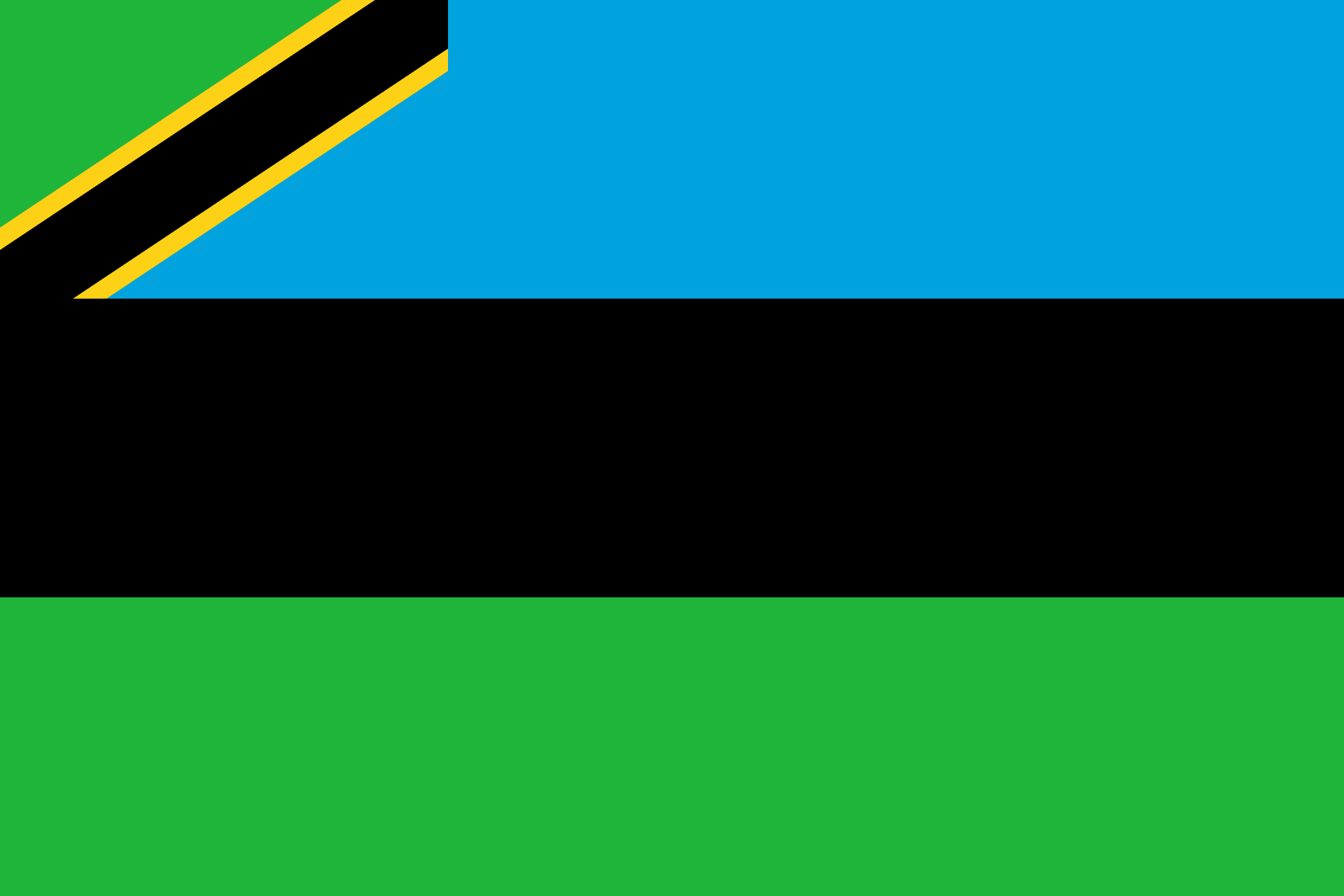
Complex Protocols
Launched by President Amani Abeid Karume on Sunday, the flag is crucial to Zanzibar’s politics, as the islands already have their own parliament, cabinet, legal system and national anthem, our correspondent says.
But the flag-flying protocol could prove difficult.
It should not be broadcast in international forums such as the United Nations or the African Union as Zanzibar is not an independent nation, Tanzania’s Guardian newspaper reports.
With new innovations of dormant blue, black and green lines and the Tanzanian flag at the top left corner, it has not found favor with everyone.
That said, these flags explained in this article gives us a snapshot of Zanzibar political history in general. Therefore it is best to get a deeper inside of what really went on in each flag period to complete the picture. The article “Zanzibar Revolution: Reconstruction of the Past” will help you meet that objective, as it talks about the revolution which was the biggest catalyst of all changes (which of course forced the flags to be updated as years went by).
Additionally, if interested to explore other symbolic changes outside flags that happened simultaneously within the history of Tanzania, before and after independence, the Revisit of Tanganyika Stamps and Postal History will be another great read.
if you would like to find more articles about The People Republic of Zanzibar, click here!

























